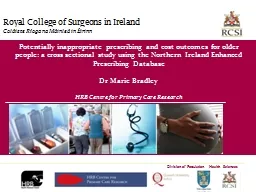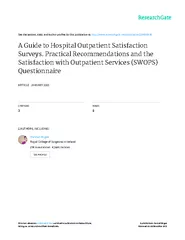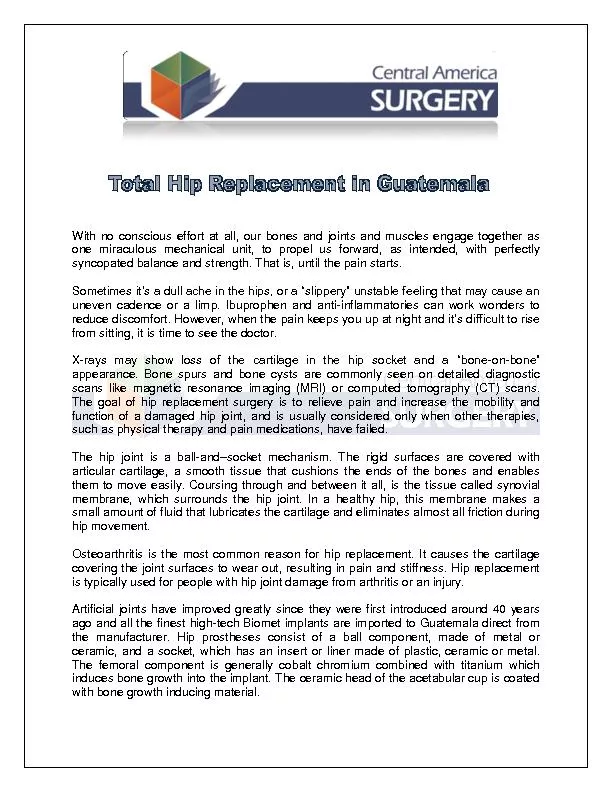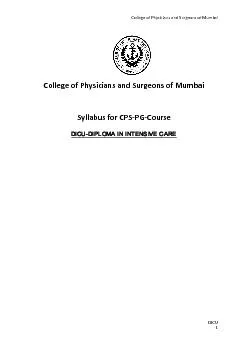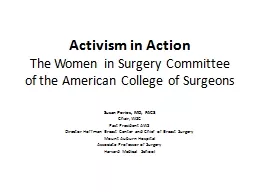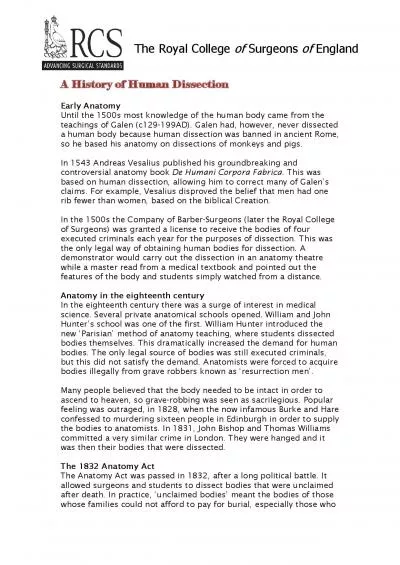PPT-Royal College of Surgeons in Ireland
Author : lindy-dunigan | Published Date : 2018-11-21
Coláiste Ríoga na Máinleá in Éirinn Potentially inappropriate prescribing and cost outcomes for older people a cross sectional s tudy using the Northern
Presentation Embed Code
Download Presentation
Download Presentation The PPT/PDF document "Royal College of Surgeons in Ireland" is the property of its rightful owner. Permission is granted to download and print the materials on this website for personal, non-commercial use only, and to display it on your personal computer provided you do not modify the materials and that you retain all copyright notices contained in the materials. By downloading content from our website, you accept the terms of this agreement.
Royal College of Surgeons in Ireland: Transcript
Download Rules Of Document
"Royal College of Surgeons in Ireland"The content belongs to its owner. You may download and print it for personal use, without modification, and keep all copyright notices. By downloading, you agree to these terms.
Related Documents

